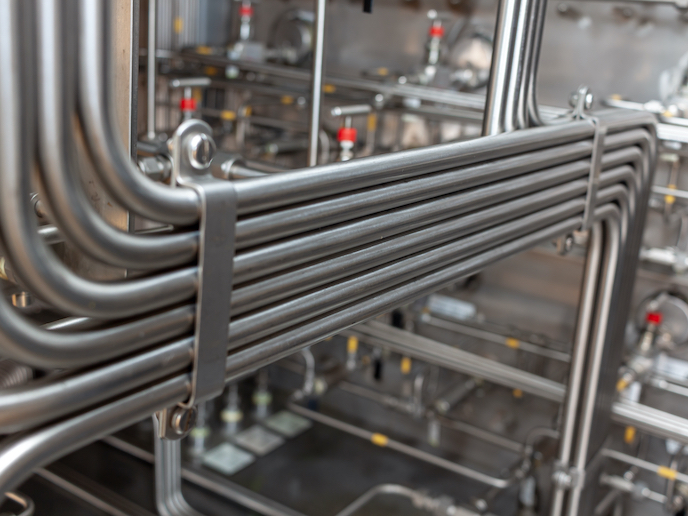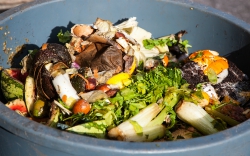Innovative waste water treatment reduces sludge and lowers energy consumption
In conventional aerobic, or ‘activated sludge process’ as it’s more commonly known, wastewater containing organic matter is aerated in an aeration basin in which microbes metabolise the suspended and soluble organic matter. The consequences of using this process include significant energy input in the form of external aeration and large footprint tanks. But this process also generates significant quantities of secondary biomass (sludge) which must be processed before disposal. But an EU-supported project has come up with an alternative system. Shane Walsh, Operations Manager at NVP Energy, an Irish company behind the Lt-AD project explains that the it took the team 15 years of academic and applied research, along with a pilot project and field trials to get the technology to where it is today. “We’ve created a system that can work at temperatures as low as 4 degrees Celsius and we can ensure biogas recovery is maximised. In short there are a number of unique features, design engineering and manipulation of the biological process that has made our technology so effective.” Comparing Lt-AD to conventional aerobic treatment of waste water (WW) from a typical dairy processing plant producing 2 000 m3 WW a day, Lt-AD can provide annual savings of €1 662 106 over a payback period of 2.49 years. The low temperature operation of Lt-AD allows for 100 % of the biogas produced being available for reuse or resale. Anaerobic processes produce significantly less sludge than aerobic processes as the majority of the organic carbon than is consumed by the microbes is converted to biogas, as opposed to new cell growth (sludge). Due to the low temperature at which the Lt-A process can operate, sludge production is further reduced when compared to conventional heated anaerobic digestion. Already making process cleaner and greener NVP Energy has been installed at full-scale commercially and is currently operational in Arrabawn Dairies in Co.Galway Ireland and at the ABP Food Group for meat processing in Lurgan, Northern Ireland. In the UK, NVP Energy is currently delivering further full-scale installations, most notably at the largest cider factory in the UK operated by Heineken. They have opted for a phased approach, taking advantage of the modular nature of the system to slowly deploy multiple reactors on the one site in series over a 3-year period. Also in development is a smaller scale system that will address the largely untapped micro-brewery market. “We also have a pilot system going live in the municipal industry with a leading utility provider,” says Walsh. The project set out to create a wastewater treatment facility for the 21st century. As Walsh says, “I am very proud of the end result and it’s a credit to the team. We have end-users that are extremely pleased, and it speaks volumes when they promote and advocate not only our product and solution, but the team that we have in place to deliver it.”







